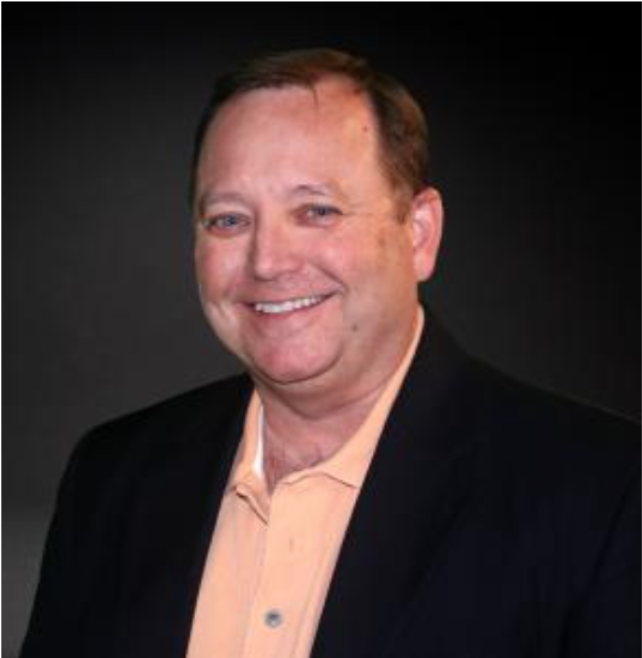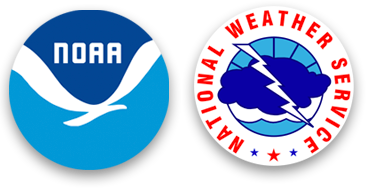Oral History: A Look Back with Former Meteorologist-in-Charge John Ogren - National Weather Service Heritage

Oral History: A Look Back with Former Meteorologist-in-Charge John Ogren
By Emily Senesac (emily.senesac@noaa.gov)Editor’s Note: This oral history was conducted by Molly Graham in 2020 as a part of the NOAA 50th Anniversary Oral History Project.

After studying geography and broadcasting at Western Illinois University, John Ogren began a long career with the NWS, over the course of which he held many different positions within the agency. Serving first as a meteorological intern in Kentucky, he quickly climbed the ranks and became a warning coordination meteorologist (WCM) in Kansas before moving to Washington, DC to fill the role of National Program Manager for WCMs. Eventually, he relocated to Indianapolis, becoming the Meteorologist-in-Charge of the local forecast office. It was here that, on Memorial Day Weekend of 2004, he experienced one of the biggest weather events of his career.
If Indianapolis is famous for one thing, it’s the Indianapolis or “Indy” 500, an annual automobile race that draws an average of over 400,000 visitors. On this particular weekend, John and his team predicted a concerning weather event that would conflict with the race, which was unable to be moved. On the morning of what would soon be known as the second largest tornado outbreak in state history, the local radar went down. Luckily, John and his dedicated team were able to utilize TV radar and backup radar from other WFOs to keep the drivers and fans safe. John eventually went on to become the deputy regional director of the Weather Service Central Region before returning to Kansas as the director of the NWS Training Center.
Here is a transcripted quote from his interview, recorded January 2020:
On having a career through the NWS Modernization and Associated Reorganization era:
JO: “Yes. I am a child of the Modernization ... It was a really cool time because we had the sixth Doppler radar in the country. So we got to play with some of the new toys before a lot of the other kids did. We were really encouraged to try things – trial and error. This is new. We know what the radar proved in research, but we actually get to see how these things worked in real life. There’s a lot of growing pains that go along with that. But, to me, it was really an exciting time. We had new equipment, new technology.”
Listen to the full interview with John Ogren here.
Resources and Additional Reading
